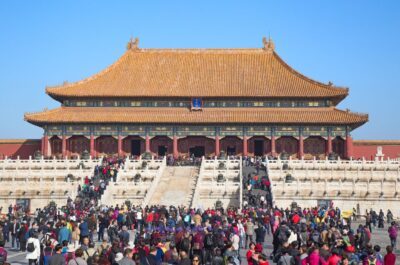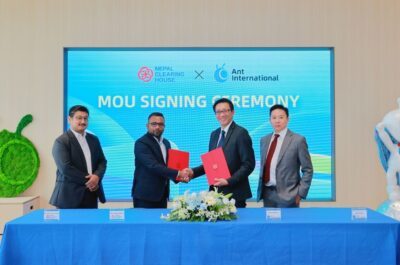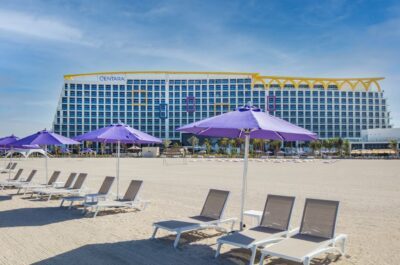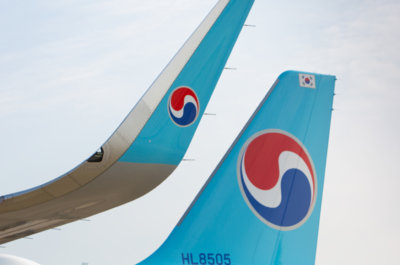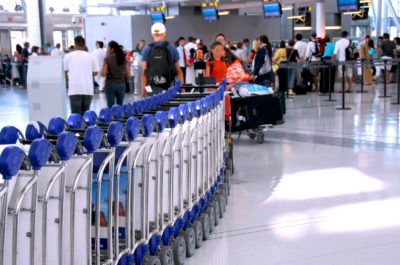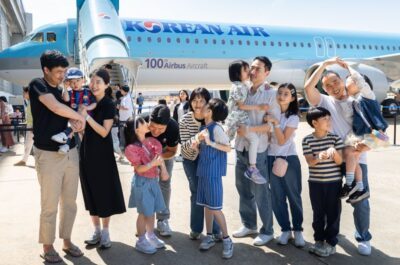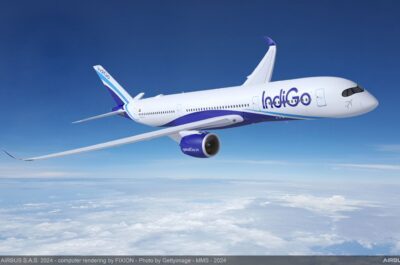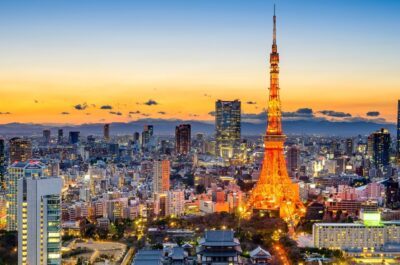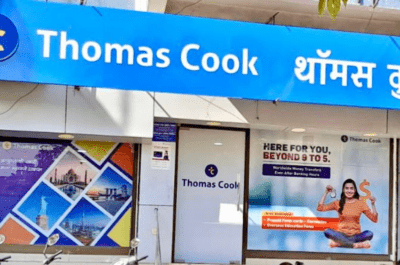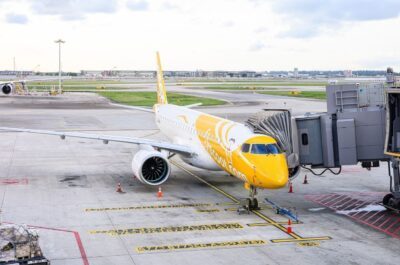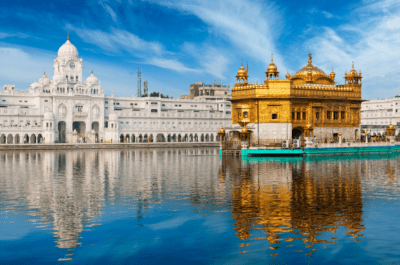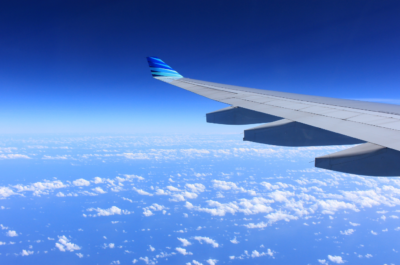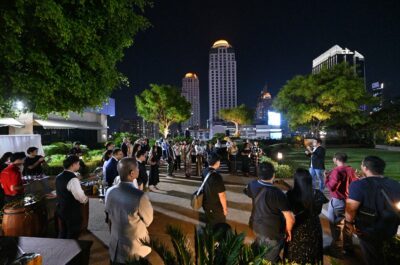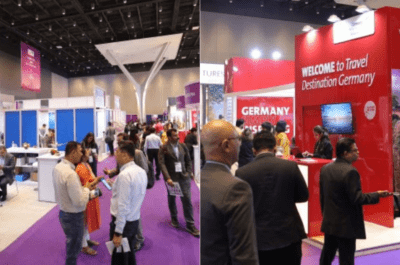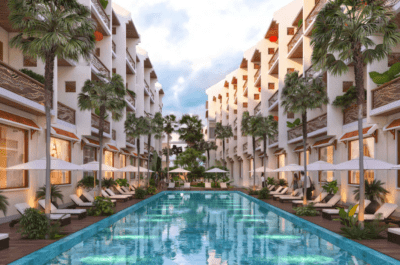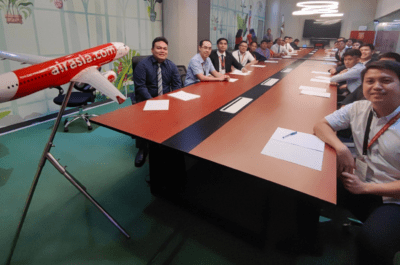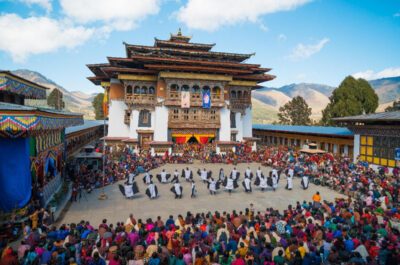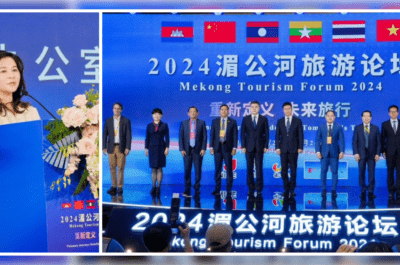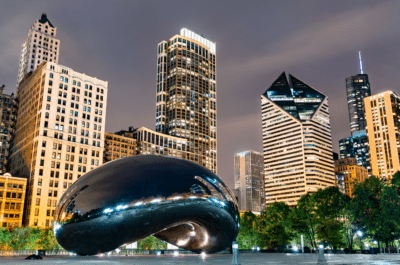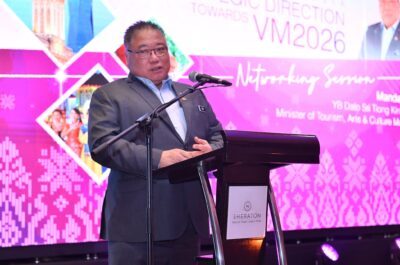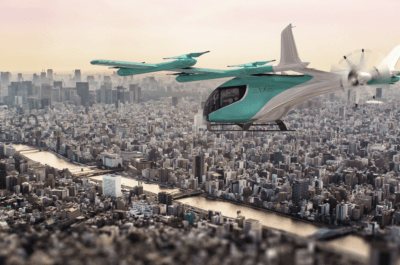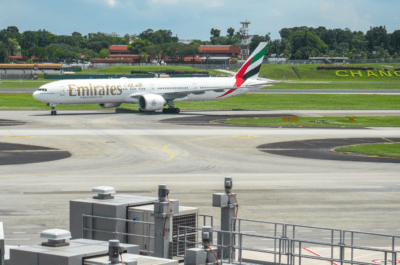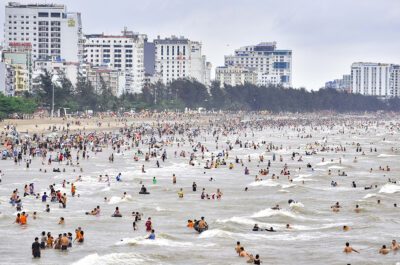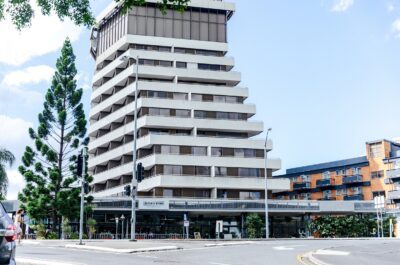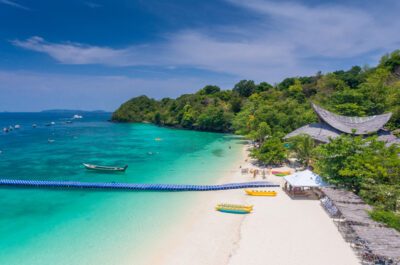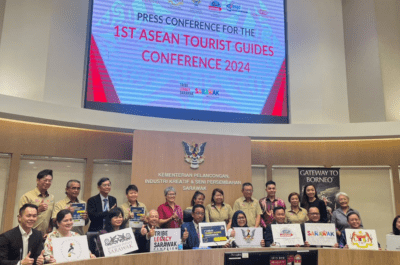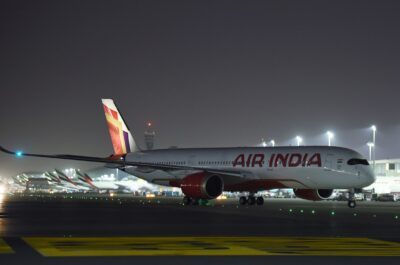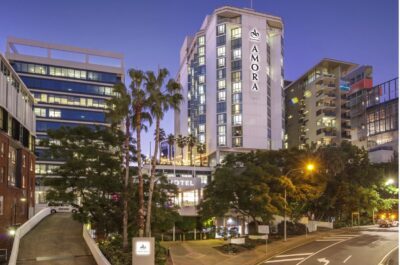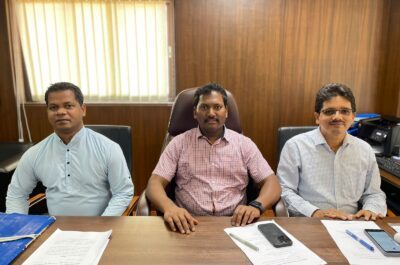REPORT – 55th PATA CONFERENCE, THAILAND: Over the next few years, Thailand is to benefit from major improvements in transport infrastructure that will facilitate movements of people to and through the kingdom. Here is a…
REPORT – 55th PATA CONFERENCE, THAILAND: Over the next few years, Thailand is to benefit from major improvements in transport infrastructure that will facilitate movements of people to and through the kingdom. Here is a brief synopsis of some of these key projects.
New Bangkok AirportEW (Suvarnabhuni Airport)
Bangkok’s new Suvarnabhumi Airport is expected to open by early 2007, giving new impetus to the role of Bangkok and Thailand as Asia’s aviation hub. Named Suvarnabhumi (meaning “Golden Land”) by His Majesty the King, the new airport is expected to be the most modern in Asia. The Thai government has prioritized it as part of a “national agenda” of strategic importance to Thailand’s future economic and transportation development.
Of the 11.6 million arrivals to Thailand in 2004, a total of 8.2 million (or about 70.6 % came through Bangkok. Many use the Thai capital as the gateway for taking onward flights to other destinations throughout the Asia-Pacific region.
Although it has been years in the planning stages, Suvarnabhumi Airport has been pushed to completion under the administration of Prime Minister Dr Thaksin Shinawatra.
Initially, Suvarnabhumi Airport will handle up to 45 million passengers annually, based on two parallel runways with a total capacity of 76 flights per hour. Upon full completion, it will have four runways and passenger terminals capable of handling 100 million movements a year.
The entire airport will occupy a total area of 8,000 acres, making it five times larger than the present airport, Don Muang. At 563,000 square metres, the passenger terminal will be the world’s largest single building structure.
The existing airport at Don Muang will be used for charters as well as other forms of aviation like low-cost airlines, cargo and courier companies.
A 28-km overhead rail link between downtown Bangkok and the new airport, now under construction, will cut travelling time between the airport and the city centre to only 15 minutes.
By road, the distance from Bangkok is expected to be only 30 minutes, thanks to a number of roads that will boost accessibility from various parts of the city as well as nearby provinces like Chonburi, in which Pattaya is located.
According to the Ministry of Transport and Communications, the following roads and highways have been completed or in various stages of development linking Suvarnabhumi airport with its surrounding areas.
- Expanding the Bangkok – Chonburi Highway (Sri Nakarin Road – Suvarnabhumi Airport route) to 8 traffic lanes of 12.50 kms, Construction budget about 925 million baht.
- Expanding the Bangkok – Chonburi Highway (Suvarnabhumi Airport – Chonburi route) to 8 traffic lanes, 63 kms, construction budget about 3,100 million baht.
- Improving Highway No. 34 (Bangna – Suvarnabhumi Airport) total 14 kms, construction budget 800 million baht.
- Expanding Highway No. 3119 (Minburi – Latkrabang) to 6 traffic lanes, 6.3 kms, construction budget 419.8 million baht.
- Expanding Highway No. 9 East Outer Ring (Thanyaburi – Bangpli) to 8 traffic lanes, 40 kms, construction budget 2,500 million baht.
- Construction of the South Outer Ring road (Suksawasdi – Bang Pli) six traffic lanes, 22 kms including the bridge over the Chao Phraya River, construction budget 15,584.6 million baht.
- Construction of Highway No. 3256, a link road between Highway No. 34 (Bangna – Trad) and Highway No. 3268 (Theparak Road), six traffic lanes, 3 kms, construction budget 400 million baht.
- Construction of Ratchadapisek – Ram Indra, a link road between Highway No. 351 and 304, comprising of 8 traffic lanes, 4.5 kms, construction budget 1,200 million baht.
- Construction of a link road between Sukhapiban 1 and the East Outer Ring road, 8 traffic lanes, 4 kms, construction budget 600 million baht.
New passenger terminal at Udon Thani Airport
Udon Thani province is located 564 kilometres northeast of Bangkok on the border with neighbouring Lao PDR. The provincial airport is closest to the Friendship Bridge between Thailand and Lao PDR. Although it is presently only a domestic airport, the opening of a new passenger terminal on 15 February 2006 has equipped the airport to be upgraded to international status in the future.
The new 10,923 sq. m passenger terminal can accommodate 1,000 passengers during peak hours, with facilities of VIP rooms, restaurant and souvenir shops. Its aircraft parking tarmac has also been expanded to handle two Airbus aircraft, two Boeing 737s and 3 ATR at the same time.
Third Thai – Lao bus service
In the wake of the successful bus service between the Thai and Lao route Nong Khai – Vientiane and Udon Thani – Vientiane launched in April 2004, the two countries have launched a third bus service between Ubon Ratchathani on the Thai side and Pakse on the Lao side (131 kms).
The Department of Land Transport of Thailand authorised its state-owned Transport Company and Lao authorised the Champasak Pandaen Company to handle this service. Officially inaugurated in February 2006, the service is operating 4-8 air-conditioned buses daily at a fare of 200 baht per person.
Cross-Border Development
A second Thai-Lao Friendship bridge linking the western Laotian province of Savannakhet and the northeastern Thai province of Mukdahan is set for completion in 2007.
A second Thai-Myanmar friendship bridge has been constructed, linking Mae Sai district to Tachilek in Myanmar. The bridge officially opened on 22nd January 2006. This bridge will go a long way toward facilitating road travel between the Myanmar capital of Yangon and Bangkok.
Asian Highway
Land transport has gained some long-overdue respect as of July 2005 with the coming into force of the Asian Highway agreement to link up 141,204 kilometres of roads and highways from Indonesia to Turkey. Thailand will be a critical player in this highway network which will make it possible for people to drive from Singapore to Kunming, and from Yangon to Ho Chi Minh City, all via Thailand.
If low-cost airlines have made it possible for “everyone to fly,” boosting road and rail transport through the ASEAN and GMS regions will make it even more possible for everyone to travel.
Along with aviation and maritime linkages to airports and seaports, the end result will be an integrated, international, intermodal transport system that will facilitate the seamless movement of people and products through borders.
In April 2004, an international agreement was signed at the 60th economic summit of the United Nations Economic and Social Commission for Asia and the Pacific (ESCAP) to complete the Asian Highway project. ESCAP officials estimate that the network is 83 % complete.
These highways will eventually become part of the East-West Economic Corridor (EWEC) which will link the South China Sea with the Bay of Bengal, and the North-South Corridor which will link Singapore with Kunming.
These highways will go along way towards helping tour operators open up new destinations and build fly, drive, air packages in one of the most exciting and unique parts of the world, with Thailand right in the middle. In December 2005, a joint tourism caravan was organised between Thailand, Cambodia and Vietnam for the first time to promote the Asian Highway routes.
The caravan, comprising of about 30 sedans and three passengers buses, was aimed at promoting tourism and cultural exchanges between the peoples of the three neighbouring countries.
Infrastucture Development in Chiang Mai
Thailand’s northern capital city of Chiang Mai, the hometown of Thai Prime Minister Thaksin Shinawatra, is to get a major upgrade in the quality of its infrastructure and accelerate its transformation into a regional transportation hub for the Greater Mekong Subregion.
Chiang Mai University’s Information Technology Service Institute has been contracted to draw up 5-year, 10-year and 15-year plans for the city’s transportation systems.
The plans particularly will seek to address transportation issues surrounding some of the city’s major tourist attractions, including the Night Safari, the upcoming International Convention and Exhibition Centre, and the Centre for the Development and Distribution of SME products.
They are expected to include the construction of a light rail system linking government offices and Mae Hia, the location of the Night Safari, to the city centre. They will also cover transportation networks across the northern region and in the Mekong sub-region.
Phuket and Chiang Mai Airports
Thailand is spending 2.69 billion baht (US$ 66 million) to upgrade Chiang Mai and Phuket Airports with both projects expected to finish by the end of 2006.
Chiang Mai Airport is undergoing a 421.5 million baht (US$ 10 million) upgrade to expand its international terminal, add more aerobridges, and improve the quality of passenger services. Phuket Airport has been allocated 154.2 million baht (US$ 3 million) to upgrade its passenger terminal. The rest of the money will be spent on additional improvements to be made in future years.
Mass Transit Systems
Bangkok’s new mass-transit system, the subway, is running smoothly. It runs under two major city thoroughfares, Rama IV and Ratchdapisek and links up a number of business districts, hotels, shopping complexes and major event halls like the Thai Cultural Centre and the Queen Sirikit National Convention Centre.
The subway complements the existing skytrain and is linked to it by three interchange stations at important junctions.
As part of a 500 billion baht (US$ 12 billion) project to solve the traffic problems in Bangkok, the Royal Thai Government is planning to expand the subway and skytrain throughout the entire city, including its numerous suburban districts. Seven new routes totalling 291 kilometres will be added to the present network of 24 kilometres of skytrain and 20 kilometres of subway.
This expansion reflects the government’s plan of having a subway or skytrain station every 500 metres in the city and linking the inner city area to the suburban provinces of Nonthaburi and Pathum Thani. In effect 4.5 million people and thousands of visitors will be able to use the mass transit system to move seamlessly through the city.
To improve the overall public transportation system of the capital, the operators of the mass transit systems are in talks with the city bus service to link seven subway stations with 18 bus lines for suburban commuters who do not wish to use their cars.
Vicky is the co-founder of TravelDailyNews Media Network where she is the Editor-in Chief. She is also responsible for the daily operation and the financial policy. She holds a Bachelor's degree in Tourism Business Administration from the Technical University of Athens and a Master in Business Administration (MBA) from the University of Wales. She has many years of both academic and industrial experience within the travel industry. She has written/edited numerous articles in various tourism magazines.





